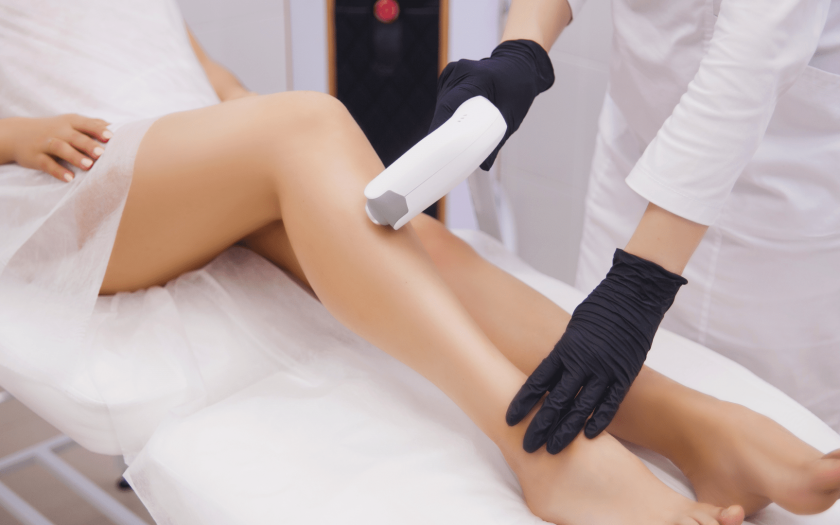
Diabetes often causes changes not only in lifestyle, diet, but also in the care of appearance. Hair removal becomes a little more difficult because sensitive skin and damaged nerves are prone to injury and infection. Depending on the severity of the condition, it is necessary to carefully choose the right method of depilation. Let’s consider the main options for hair removal and possible risks:
Laser hair removal.
During the initial consultation before laser hair removal, clients need to answer questions about health and medications they should take (Amaryl, Daonil). Before starting the procedure, the doctor should be fully aware of the patient’s health, as laser hair removal can damage the skin.
Side effects of laser hair removal in this disease:
pain due to sensitivity of sensory nerves and tissues;
burns and blisters due to nerve damage;
susceptibility to infections due to a slower healing response;
less pronounced epilation effect, because to reduce blood flow to the skin surface it is necessary to use a lower laser power.
Before starting the procedure, you need to get a doctor’s permission. In the presence of severe neuropathy, the specialist will be able to adapt the parameters of the laser taking into account the possibility of numbness and sensitivity to pain. Sensitive skin can be easily damaged, leading to pain and burns.
Because signs of diabetic neuropathy can occur anywhere in the body, some areas may be more vulnerable than others. Before the procedure, it is necessary for a specialist to inspect all areas of hair removal. If you plan to do laser hair removal at home, it is strongly recommended to consult a doctor. This is necessary because some drugs can cause dangerous reactions under the influence of laser radiation. In this disease, the skin is more prone to dryness. Therefore, careful skin care is required.
Laser hair removal should not be done on skin with open or recurrent ulcers, because the laser energy will not be directed to the hair follicle, but to the affected area of skin.
Avoid visiting the solarium and beaches a few weeks before the scheduled hair removal date.
The skin should be shaved before epilation. If the hair is longer than 2 mm, the laser changes the trajectory, causing burns.
Epilator.
This method involves removing the entire hair shaft and root, so an empty, swollen hair follicle may be more susceptible to infection. Disinfecting the epilator before use will help reduce the chance of infection. Some people with diabetes may not have enough blood flow to the surface of the skin, so the body’s immune system will not be able to protect a person from a bacterial skin infection.
Before starting this procedure, consult a professional to find out if it is safe for you to remove hair this way.
Creams for hair removal.
Diabetic skin is too sensitive to the various chemicals in hair removal creams. They can cause burns, open wounds and scars.
Depending on the stage of the disease, it is necessary to carefully choose the method of hair removal. If, in addition to diabetes, there are exacerbations of chronic diseases, herpes, hypertension, fungi, it is better to temporarily abandon hair removal. With diabetes, you can find a convenient and effective way to get rid of unwanted body hair. The choice of technique should be based on individual characteristics of the organism and possible complications of the disease.





































